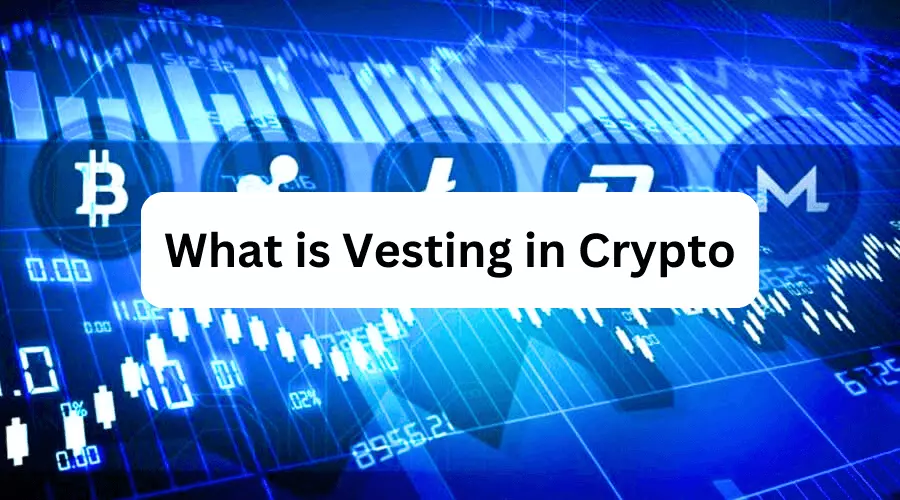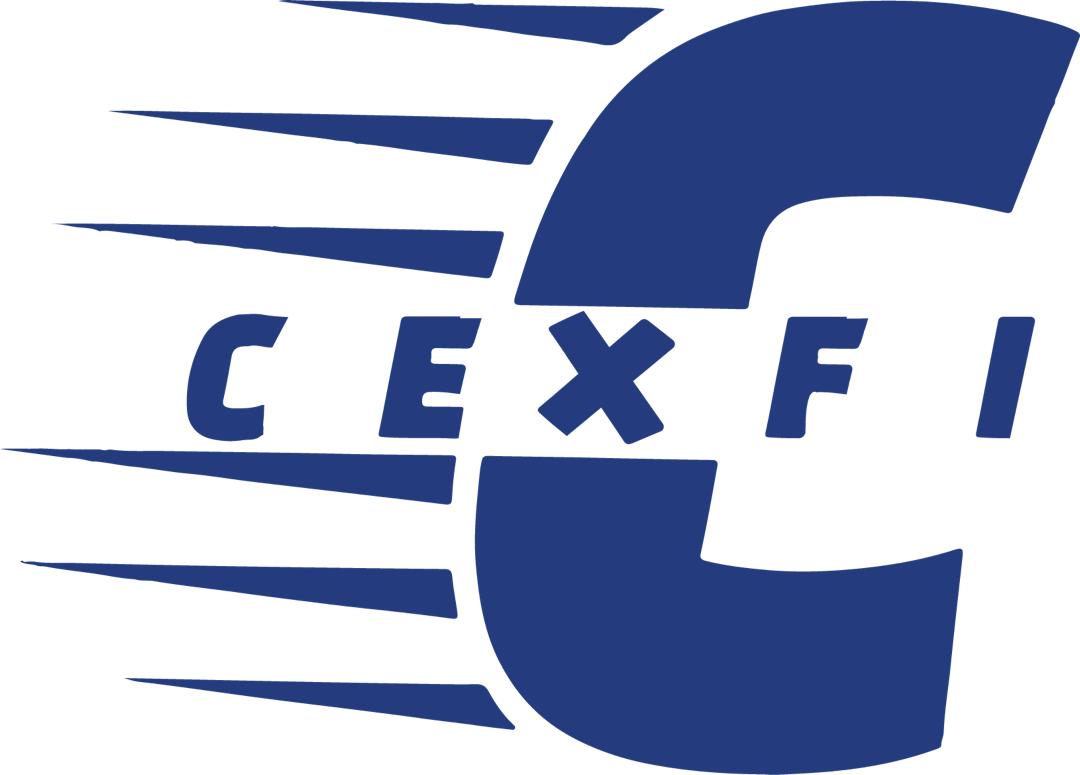What is Vesting in Crypto

Introduction
You’ve just embarked on your cryptocurrency investment journey and come across the term “vesting.” It sounds intriguing yet unfamiliar. What does it mean, and why does it matter in the crypto? Let me demystify this concept for you. Vesting in crypto refers to a mechanism that regulates the release and distribution of tokens or coins to investors and participants over a specific period. It’s like a lock-up period, ensuring that those involved have a long-term commitment to the project. Think of it as a “crypto savings account” where you can’t access all your funds immediately. In this comprehensive guide, we’ll delve into the intricacies of vesting in crypto, explore its significance, examine real-life examples, discuss risks and challenges, and provide you with best practices for successful crypto investments. Let’s dive in and unlock the secrets of vesting in the fascinating world of cryptocurrencies.
Content
How Vesting Works in Crypto

Regarding cryptocurrencies, vesting is a crucial mechanism governing the distribution of tokens or coins to investors and participants. Understanding how vesting works in crypto is essential for anyone looking to invest in this exciting and ever-evolving space.
1. Vesting Period and Duration
When investing in a crypto project, you must know the vesting period. This period represents the timeline during which the tokens you receive are gradually unlocked and accessible. It ensures that investors hold onto their tokens for a specified duration, promoting commitment and discouraging short-term speculation.
2. Lock-up Periods and Cliff Vesting
Within the vesting period, there might be lock-up periods where you cannot access any tokens. This temporary restriction helps prevent token dumping and maintains stability in the market. Additionally, some projects employ cliff vesting, which means that a certain portion of tokens becomes available all at once after a specific period, encouraging long-term engagement.
3. Token Allocation and Distribution Mechanisms
The way tokens are allocated and distributed can vary across different crypto projects. Some projects may distribute tokens evenly throughout the vesting period, while others may opt for a front-loaded approach, releasing more tokens initially. Understanding the token distribution mechanism is crucial to make informed investment decisions.
Types of Tokens Subject to Vesting
Vesting is not limited to a particular type of token. Whether utility, security, or governance tokens, projects often implement vesting to align incentives and promote a healthy token ecosystem. Each token type may have specific vesting terms and conditions, so reviewing them carefully is essential.
Understanding how vesting works in crypto is vital for investors and participants, as it impacts token liquidity, investment strategies, and potential returns. Let’s explore some of the key factors that make vesting significant.
- Investor Protection and Mitigation of Risk: Vesting helps protect investors by ensuring that project teams and early contributors remain committed to the project’s success. It reduces the risk of sudden token dumps, which could lead to significant price volatility and harm investors’ interests.
- Encouraging Long-term Commitment and Participation: By introducing vesting, crypto projects incentivize participants to hold tokens over an extended period. This long-term commitment fosters stability, encourages active engagement in project development, and aligns the interests of all stakeholders.
- Promoting Price Stability and Preventing Market Manipulation: Vesting is crucial in maintaining price stability by preventing large-scale token releases that could disrupt the market. It helps prevent price manipulation and ensures a fairer and more sustainable token ecosystem.
- Ensuring Fair Token Distribution in Initial Coin Offerings (ICOs): In ICOs, vesting can address concerns related to token distribution and prevent early adopters from selling off their tokens immediately. By gradually releasing tokens over time, vesting promotes a more equitable distribution and avoids the concentration of power.
Understanding how vesting works in crypto empowers investors and participants to make informed decisions and navigate the dynamic cryptocurrency landscape. By considering the vesting period, distribution mechanisms, and the benefits it brings, you can optimize your investment strategy and actively contribute to the growth and success of crypto projects.
4 Benefits and Significance of Vesting

Vesting in crypto goes beyond being a mere mechanism for distributing tokens. It holds several benefits and significance for investors and participants. Understanding these advantages can help you recognize the value of vesting and its impact on your crypto investments.
1. Investor Protection and Mitigation of Risk
When I started my crypto journey, I quickly realized that vesting provides a layer of protection for investors. By enforcing a lock-up period and gradual token release, vesting mitigates the risk of sudden token dumps that could cause market volatility and harm investor interests. It ensures that project teams and early contributors remain committed to the project’s success, reducing the likelihood of fraudulent activities.
2. Encouraging Long-term Commitment and Participation
As I delved deeper into the crypto world, I discovered that vesting is a powerful incentive for a long-term commitment. By gradually unlocking tokens over time, vesting encourages investors to hold onto their tokens and actively participate in the project’s growth and development. This fosters community aligns stakeholders’ interests, and creates a sustainable ecosystem.
3. Promoting Price Stability and Preventing Market Manipulation
One of the remarkable benefits of vesting is its ability to promote price stability in the volatile crypto market. By preventing large-scale token releases, vesting curtails market manipulation and creates a fairer playing field for investors. It ensures token prices reflect the project’s true value and prevent sudden fluctuations caused by speculative activities.
4. Ensuring Fair Token Distribution in Initial Coin Offerings (ICOs):
ICOs have gained immense popularity in the crypto space, and vesting is crucial in ensuring a fair and equitable distribution of tokens. By gradually releasing tokens over the vesting period, projects prevent early adopters from selling off their tokens immediately, thus avoiding concentration of power and allowing a wider distribution among participants.
The benefits and significance of vesting in crypto cannot be overstated. It safeguards investor interests, encourages long-term commitment, promotes price stability, and ensures fair token distribution. By embracing vesting, you can participate in projects with greater confidence, knowing that your investments are protected and that you are contributing to the growth of a healthy crypto ecosystem.
Risks and Challenges Associated with Vesting in Crypto

As I continued my exploration of the crypto world, I realized that while vesting brings numerous benefits, it has its risks and challenges. Understanding these potential pitfalls is crucial for investors and participants to make informed decisions and navigate the crypto landscape effectively.
1. Market Volatility and Price Fluctuations
Despite the protective measures of vesting, market fluctuations can impact cryptocurrencies. Rapid price swings can diminish the value of vested tokens, affecting potential returns and investment outcomes. It’s important to be prepared for the inherent volatility in the crypto market.
2. Regulatory Considerations and Legal Compliance
Crypto regulations continuously evolve, and navigating the legal landscape can be challenging. Different jurisdictions have varying approaches to vesting and token distribution. It’s essential to stay informed about the regulatory requirements in your region and ensure compliance to avoid legal complications that could arise from non-compliance.
3. Vesting Abuse and Manipulative Practices
Unfortunately, not all crypto projects have the best intentions. Some projects may manipulate vesting terms to favor early contributors or project teams. They may set up vesting structures that disproportionately benefit certain individuals or entities, undermining fairness and transparency. Thorough due diligence and careful examination of vesting terms can help identify potential risks of abuse.
4. Potential Impacts on Token Valuation and Market Perception
The release of vested tokens can impact token valuation and the market perception of a project. If a significant amount of tokens is released onto the market simultaneously, it may create downward pressure on prices. Additionally, the perception of excessive token supply due to vesting can influence investor sentiment and the overall success of a project.
While these risks and challenges exist, they should not discourage you from participating in crypto investments. You can mitigate these potential pitfalls with proper awareness and risk management strategies. Here are a few key considerations:
- Conduct thorough due diligence: Before investing in a project, carefully analyze the vesting terms, project team, and overall viability. Look for transparency, fairness, and alignment of incentives.
- Diversify your portfolio: Spreading your investments across different projects can help reduce the impact of potential risks associated with a single project’s vesting structure.
- Stay informed: Keep abreast of the latest regulatory developments and market trends. Regularly review project updates, as changes in vesting terms or project dynamics can influence your investment strategy.
- Seek professional advice: Consulting with financial advisors or crypto experts can provide valuable insights and guidance to navigate the complexities of vesting and crypto investments.
While vesting in crypto presents risks and challenges, a proactive and informed approach can help you navigate them successfully. You can optimize your crypto investment journey and make more informed decisions by being aware of market volatility, staying compliant with regulations, avoiding abusive practices, and maintaining a diversified portfolio.
Conclusion
In my journey through the world of cryptocurrencies, I’ve realized the significance of vesting in crypto. Vesting provides a mechanism that promotes investor protection, encourages long-term commitment, and fosters price stability. By gradually unlocking tokens and ensuring fair distribution, vesting aligns the interests of all stakeholders and contributes to the sustainable growth of crypto projects. While risks and challenges are associated with vesting, a proactive approach, thorough research, and diversification can help investors navigate these obstacles successfully. Embracing vesting empowers individuals to participate in crypto’s exciting and evolving realm with confidence and foresight.
u003cstrongu003eWhat is vesting in the context of cryptocurrency?u003c/strongu003e
Vesting in cryptocurrency refers to the gradual release of tokens or coins to investors and participants over a specified period. It is a mechanism designed to ensure long-term commitment, protect investor interests, and prevent token dumping that could lead to price volatility.
u003cstrongu003eHow does vesting work in crypto?u003c/strongu003e
Vesting works by imposing a lock-up period on tokens received through investments or participation in a crypto project. During this period, the tokens remain inaccessible. As time progresses, a predetermined portion of the tokens is gradually unlocked, allowing investors to access and utilize them.
u003cstrongu003eWhat is the purpose of implementing vesting in crypto projects?u003c/strongu003e
Vesting in crypto projects primarily aims to align incentives and promote stability. By enforcing vesting, projects encourage long-term commitment from investors, discourage short-term speculation, and foster a sense of community. It also safeguards against token dumping and maintains a more sustainable token ecosystem.
u003cstrongu003eAre all cryptocurrencies subject to vesting?u003c/strongu003e
No, not all cryptocurrencies implement vesting. It typically depends on the project’s design and tokenomics. While many projects choose to incorporate vesting to ensure a fair distribution of tokens and incentivize long-term participation, it ultimately varies from project to project.
u003cstrongu003eWhat should investors consider when evaluating vesting terms?u003c/strongu003e
When evaluating vesting terms, investors should consider the duration of the vesting period, the lock-up periods within it, the token distribution mechanism, and any specific conditions or requirements associated with the vesting process. Understanding these terms is essential to assessing the risks and benefits of investing in a crypto project.

As a writer, Ruben is an advocate of blockchain technology and cryptocurrency in general. He writes about all things from cryptography to economics, with a focus on how it applies to cryptocurrencies. He is also passionate about writing about topics such as decentralization, open-sourced software development, and copyright law.






